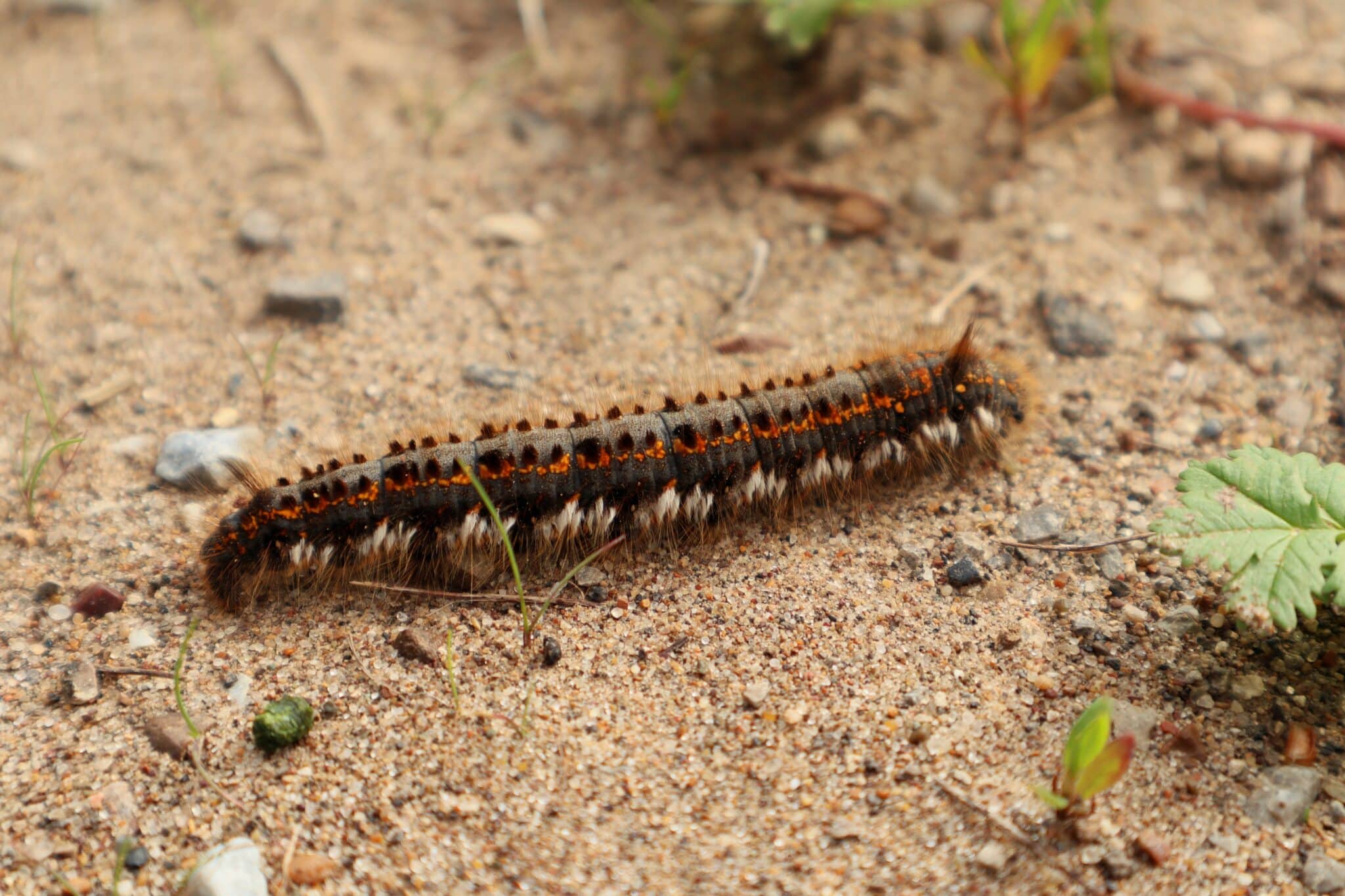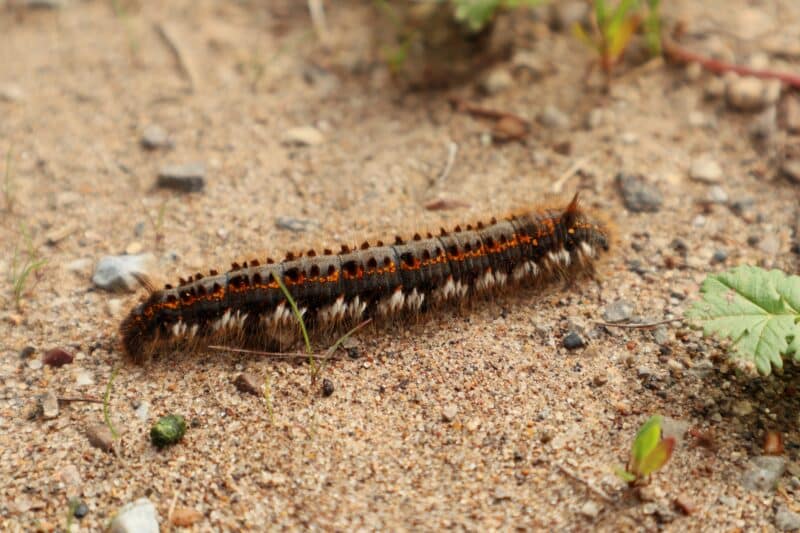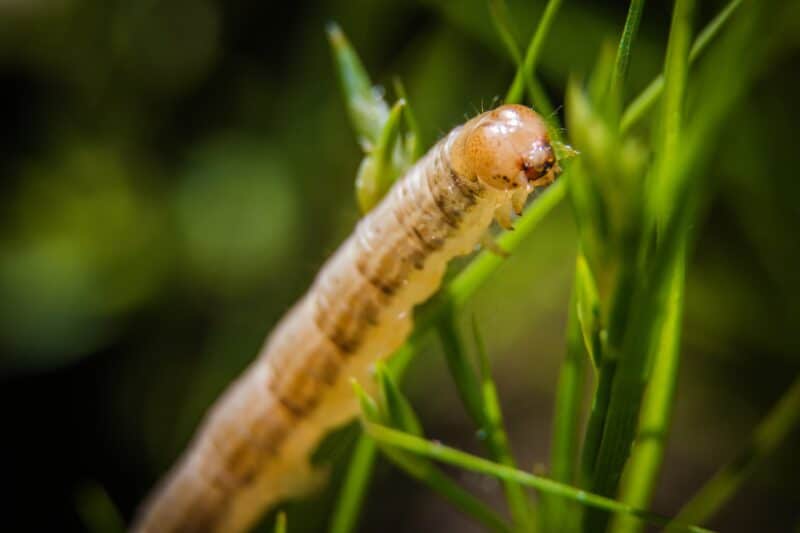Caterpillars
With over 20,000 species of caterpillars calling Australia home, there is a good chance some of them will make their way into yours. While not every type of caterpillar will wreak havoc in your home, garden, or farm, many will. That’s when you need professional, reputable caterpillar pest control.
Flick Pest Control offers specialised caterpillar pest control services to help eliminate these destructive insects from your property. Caterpillars can cause damage to plants, trees, and crops, so it is important to address the issue promptly. Flick Pest Control has the expertise and equipment to effectively and safely remove caterpillars from your environment, helping to protect your greenery and prevent further damage.
Flick’s Home Protection Plans make protecting your family and home from pests easier than ever. Our effective and affordable pest control plans include an exclusive 12-month warranty, regular pest inspections, and solutions tailored to your specific situation. Caterpillars are included in our Gold Home Protection Plan. Find out more here.

Shield Your Family & Home Year Round from Caterpillars
Flick's Home Protection Plans
Flick's Home Protection Plans provide effective and affordable protection for your home and family from a wide range of pests. Our Gold plan includes preventive measures to stop caterpillars from entering your home in the first place, as well as reactive and emergency caterpillar pest control services if needed. All plans come with a 12-month warranty* and easy monthly payments. With a variety of plans to choose from, you can find a plan that meets your specific needs and budget. Contact your local Flick branch to see if Home Protection is available in your area and begin shielding your family from caterpillars today!
Commercial Pest Solutions
Integrated Caterpillar Solutions
It is essential for businesses to prioritise the health and safety of their employees and customers. Caterpillars not only pose a health risk but also damage property and reputation. Flick’s professional commercial pest control services provide tailored solutions to prevent and eliminate any pest infestations, ensuring a clean and hygienic environment for everyone. Our regular inspections and treatments help to maintain a pest-free workplace and protect your business from potential pest related damage. Trusting in Flick’s commercial pest control solutions is a smart investment in the long-term success and reputation of any business.
Learn more here or call 1300 270 019.
Common Caterpillar Questions
Where do caterpillars usually hide?
If you rarely see caterpillars but believe you need caterpillar control, you should check under leaves, at the base of plants, under rocks, inside bushes, in tree crevices, and sometimes under the soil.
What are the signs of caterpillar infestations?
You will know if you need caterpillar infestation control if you see significant damage to your plants and vegetation. Most often, people notice holes in plant leaves, jagged chewed edges on plant leaves, rolled-up leaves used for shelter during feeding, and silk webbing.
When should I contact caterpillar infestation control?
You should consider caterpillar removal services or caterpillar extermination when your vegetation, plants, and flowers start to suffer. The sooner you receive caterpillar treatment, the better.
Do I really need caterpillar extermination services?
There are numerous ways to remove caterpillars from your lawn yourself. However, these pests are sneaky and can hide easily. Without professional caterpillar control services, you may find the infestation coming back again and again.
How often should I have caterpillar pest inspections done?
Caterpillars are most active during spring and autumn but can still be pests in the winter and summer seasons. If you have had caterpillar infestations in the past or own farmland where they can do the most damage, annual caterpillar pest inspections and caterpillar insect control should be procured.
Common Caterpillar Species

Herringbone Caterpillars
Apppearance
Herringbone caterpillars are brown, black, and cream-coloured with a distinct herringbone stripe down their abdomen. They have narrow heads and thoraxes and grow to around 40 mm in size.
Lifestyle
Herringbone moths emerge during the summer and will travel long distances before mating and laying eggs in the fall, relying on autumn rain and emerging plants for survival. Eggs are often laid in clusters and can be found in leaf crevices or on plant surfaces.
Habits
The young caterpillars will typically feed during the day, while older ones feed at night. They are known for attacking and destroying grass and cereal pastures.

Armyworm
Apppearance
Armyworms are usually green, yellow, or white and look similar to many other species. You can tell these apart from the rest by the white Y marking on the back of their heads.
Lifestyle
Armyworm eggs are laid on old leaves or the fluffy tops of seedlings. They hatch within ten days and will quickly begin to eat vegetation. Armyworm larvae come from numerous moth species.
Habits
These caterpillars will feed until the plant is destroyed and move on to another. True armyworms appear in spring, while fall armyworms show up around August, feeding during humid nights or the early morning hours.
I found Caterpillars! Help!
Don't worry, we're here to help. Follow these steps to stay safe until help arrives!
Call a Professional
Call Flick Pest Control Immediately.
If you encounter caterpillars in your home or business, you may be dealing with an infestation. Don’t wait until the problem gets out of hand – we can help protect your property and ensure the health and safety of those around you. Fill out the form below or call 1300 270 019 today.
Leave the Caterpillars Alone
Trust Flick Pest Control to handle the situation
Our pest control technicians have the knowledge, experience, and tools necessary to effectively and safely eliminate pests from your home or business. Attempting to treat caterpillars on your own can be risky and may not fully eradicate the problem.
We will and ensure a safe and effective outcome for your property.
There May be More!
Don’t Go Looking Around!
Flick’s pest control experts will perform a thorough inspection of the property to identify any areas where caterpillars may be present, followed by the development of a treatment plan tailored to the specific needs of the situation. By implementing effective pest control strategies, we can help ensure a pest-free environment for you.

